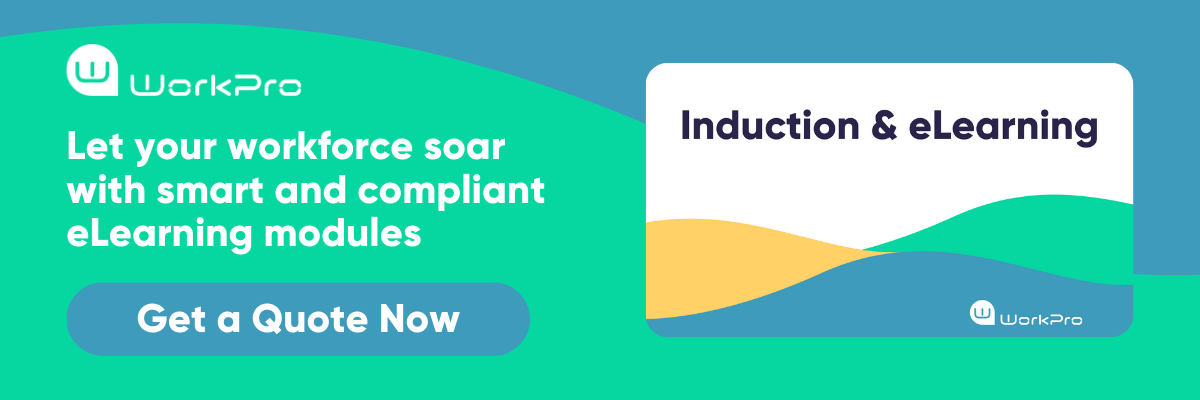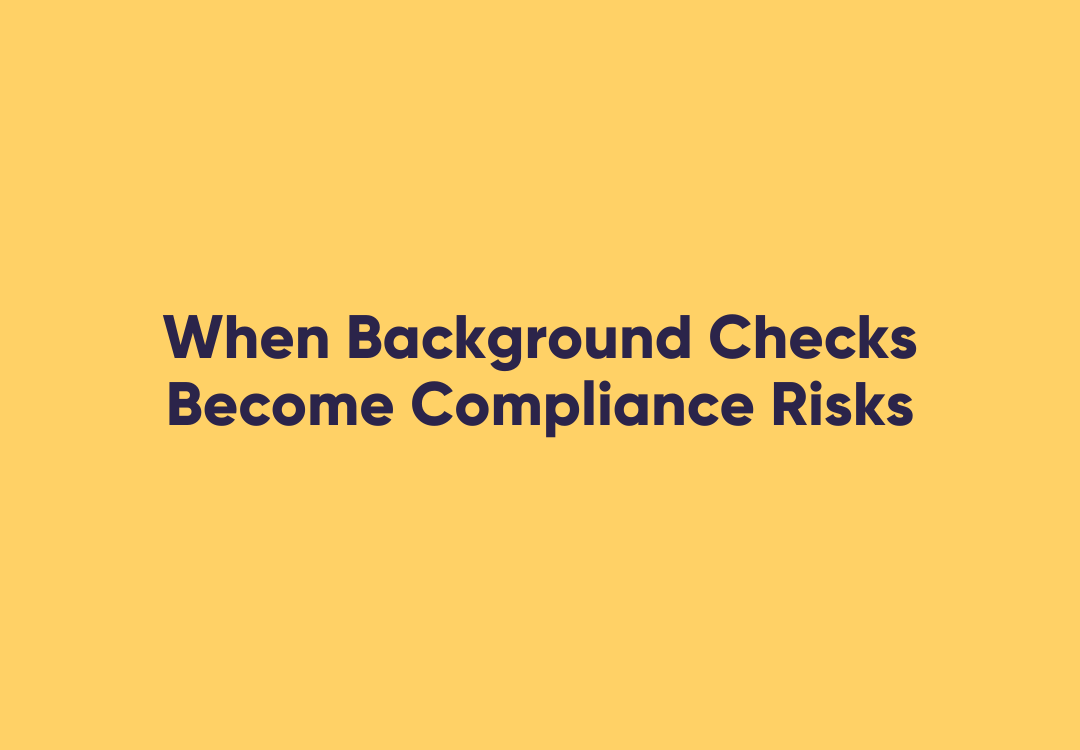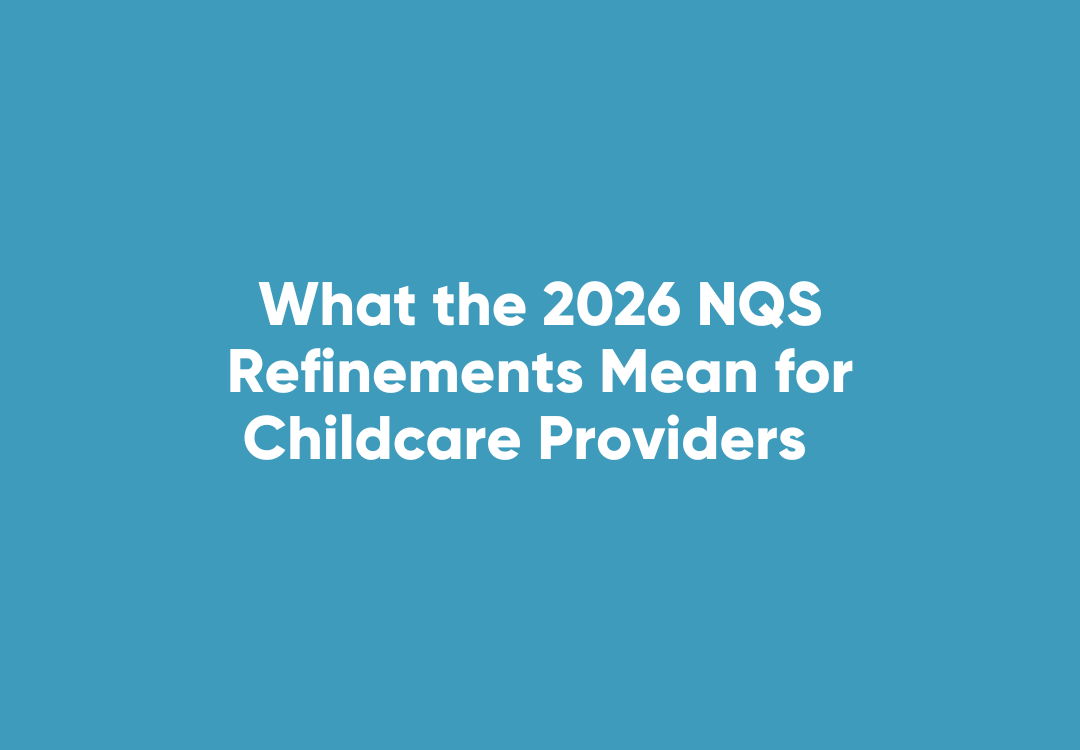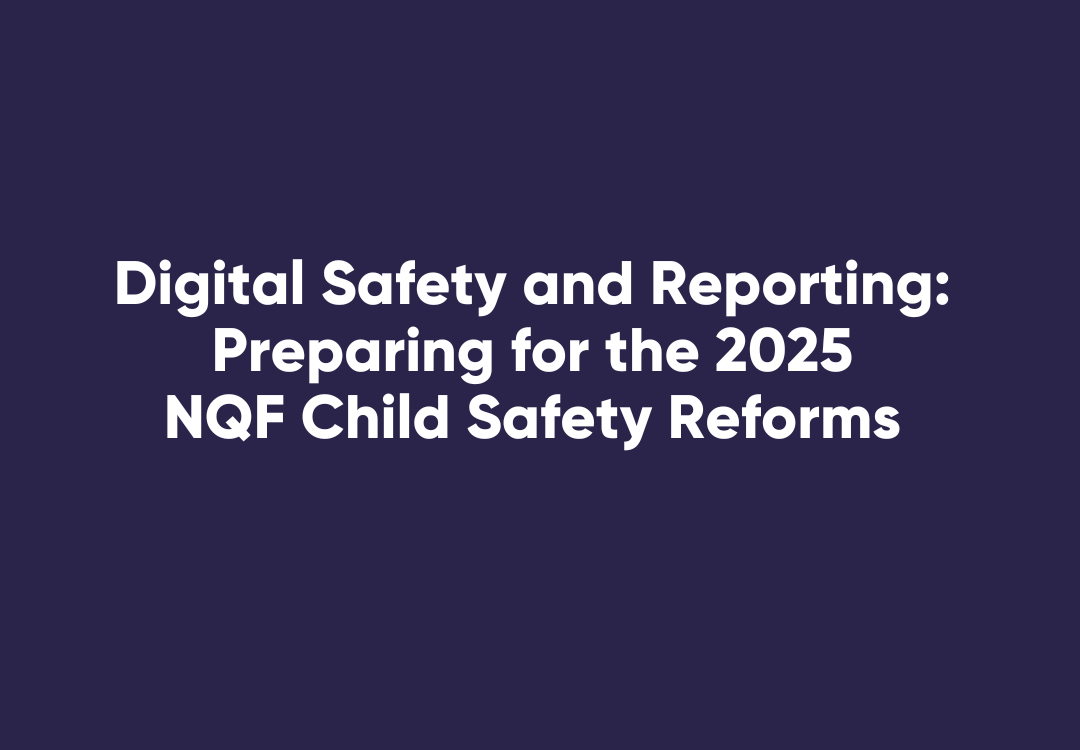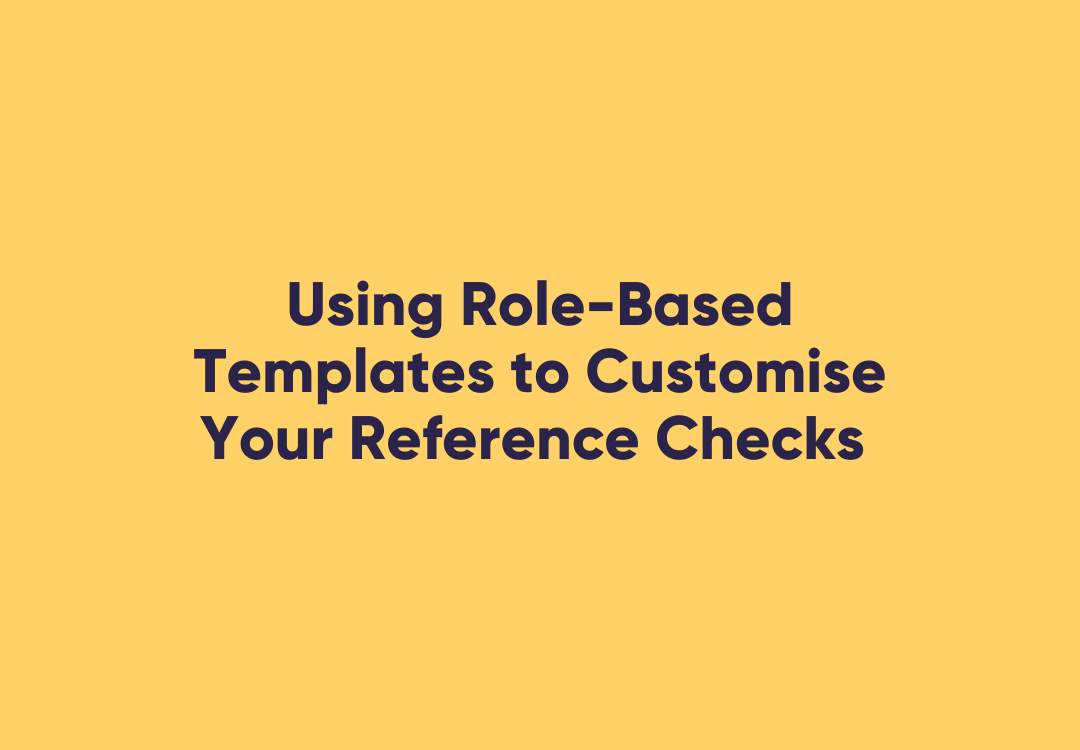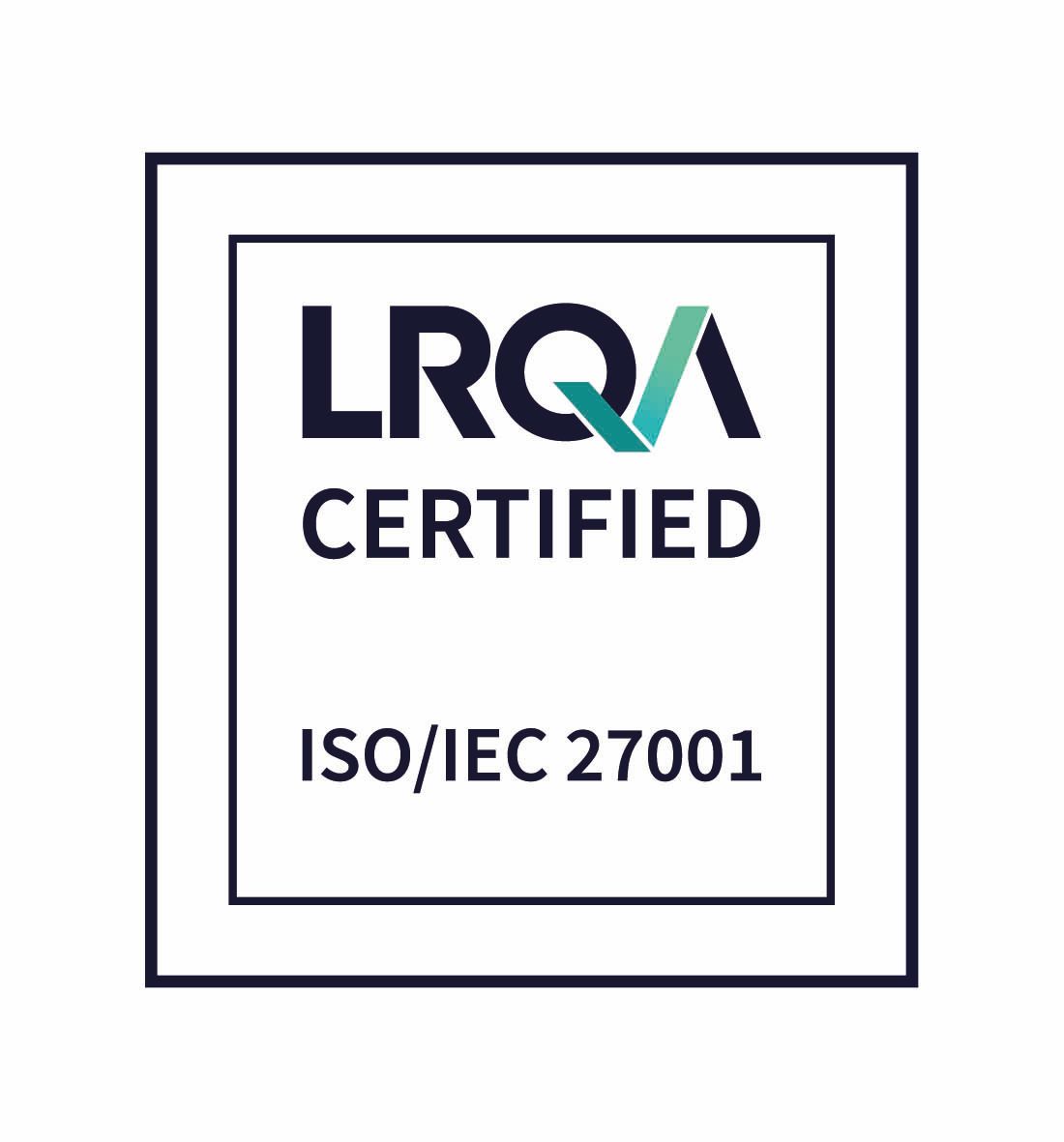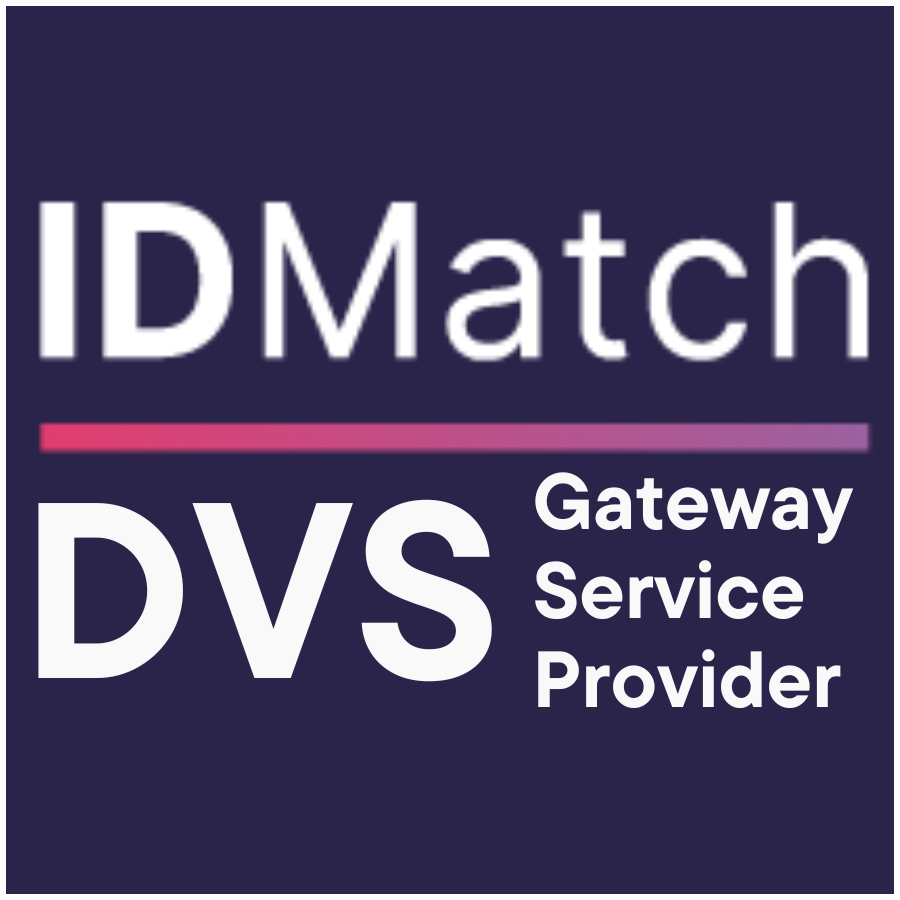The Power of Hazard Identification
If a Work Health & Safety Manager could choose one superpower to give themselves at work, it might just be the power of hindsight.
That may not be possible, but thankfully many accidents are 100% preventable if you know what to look for.
You have probably heard the saying ‘anything that can go wrong, will go wrong.’
That’s just the truth of life. But when it comes to safety at work, it’s entirely possible to identify hazards and fix them before something bad happens.
When accidents do occur, we always find ourselves asking a number of questions:
- How did this happen?
- What were the contributing factors?
- What could we have done to prevent this?
Then comes the biggest question of them all: how do we stop this happening again?
A Harvard Business Review paper, Managing Risks: A new framework, retells the story of when Tony Hayward became CEO of BP in 2007.
Tony made a commitment to safety, and vowed for it to be his #1 priority.
Many safety rules were enforced as a result; two of these were:
- 1. employees use lids on coffee cups while walking; and
- 2. refrain from texting while driving
Seems relative to the organisations’ risks, right?
Three years on from Tony’s appointment as CEO, and still in charge, the Deepwater Horizon oil rig exploded in the Gulf of Mexico, causing one of the worst man-made disasters in history.
The paper highlights that “U.S. investigation commission attributed the disaster to management failures that crippled “the ability of individuals involved to identify the risks they faced and to properly evaluate, communicate, and address them.” Tisk Tisk!
Why is hazard identification so important?
Hazard identification is a fundamental element of managing risks in the workplace.
How can you manage the risk of something bad happening without first having identified the potential cause?
Work health and safety regulations impose a duty on a person conducting a business or undertaking (PCBU) to identify workplace hazards:
A duty holder, in managing risks to health and safety, must identify reasonably foreseeable hazards that could give rise to risks to health and safety (Regulation 34 Duty to identify hazards, Work Health and Safety Regulations).
TIP: take note the reference to reasonably foreseeable in the duty above.
It is a key term and one you want to keep front of mind.
Often businesses’ and their people get overwhelmed working through the risk management process.
Imagine, trying to think of all the things that could ever go wrong in a business – it’s never ending and makes you want to give up on the process before you even start.
A Harvard Business Review (HBR) paper, The Olympics as a Story of Risk Management, identifies that one key to effective risk management is the ability to distinguish between phenomena that cannot reasonably be foreseen and dangers that are “self-inflicted” because they could be avoided by thorough planning and careful execution.
So, the point being; focus on identifying those hazards that are foreseeable and work on managing those through a carefully planned and executed approach.
Rank the hazards in order of risk and start working on those that are of higher and more immediate risk to workers’ health and safety.
The consequences of bad hazard identification
A recent case resulted in labour hire firm Eastlink Enterprise Pty Ltd being fined $20,000 for failure to ensure the safety of workers who were supplied to a waste recycling company.
Interestingly, the prosecution did not result in a serious incident or fatality.
An Eastlink recruitment consultant was sent to the site to undertake a site assessment for the purposes of identifying hazards that the workers may be exposed to.
This activity was undertaken prior to the workers being placed at the host site.
The consultant requested the host to provide information on job duties, hours of work, break times, however the consultant did not ask the host if risk assessments had been undertaken on the tasks that the workers would be required to carry out.
The consultant signed off on the site assessment deeming the workplace suitable.
The case highlighted that Eastlink had not trained the consultant in hazard identification at client workplaces, nor had he been provided with any sort of hazard identification checklist.
Furthermore, Eastlink was aware that its workers were being directed to conduct work at heights, but failed to do any assessment of the work being done.
The court was told that one of the work placements rang a director of Eastlink to report his concerns about being required to work at heights with no safety measures, but the director did not take any action. (Department of Commerce, WA)
What can you learn from this as an employer?
You have a duty to your people at work.
The duty is to ensure that their work does not expose their health and safety to risk.
Hazard identification and risk management is the core to meeting your primary duty of care.
The process of identifying hazards does not need to be a complex one.
Consult with those who are doing the work, come up with tools such as checklists to identify hazards and carefully plan and execute the hazard identification process.
The HBR paper beautifully sums up how to manage risks in a practical way:
“Managing risk involves a judicious mix of preventing the risks that can reasonably be controlled, learning to recognize the ones that can’t be prevented, being prepared to react to limit damage, and having the resources to recover from the problems that do occur.”
Ready to take your Work Health & Safety to the next level? Check out WorkPro’s powerful all-in-one platform for onboarding.


